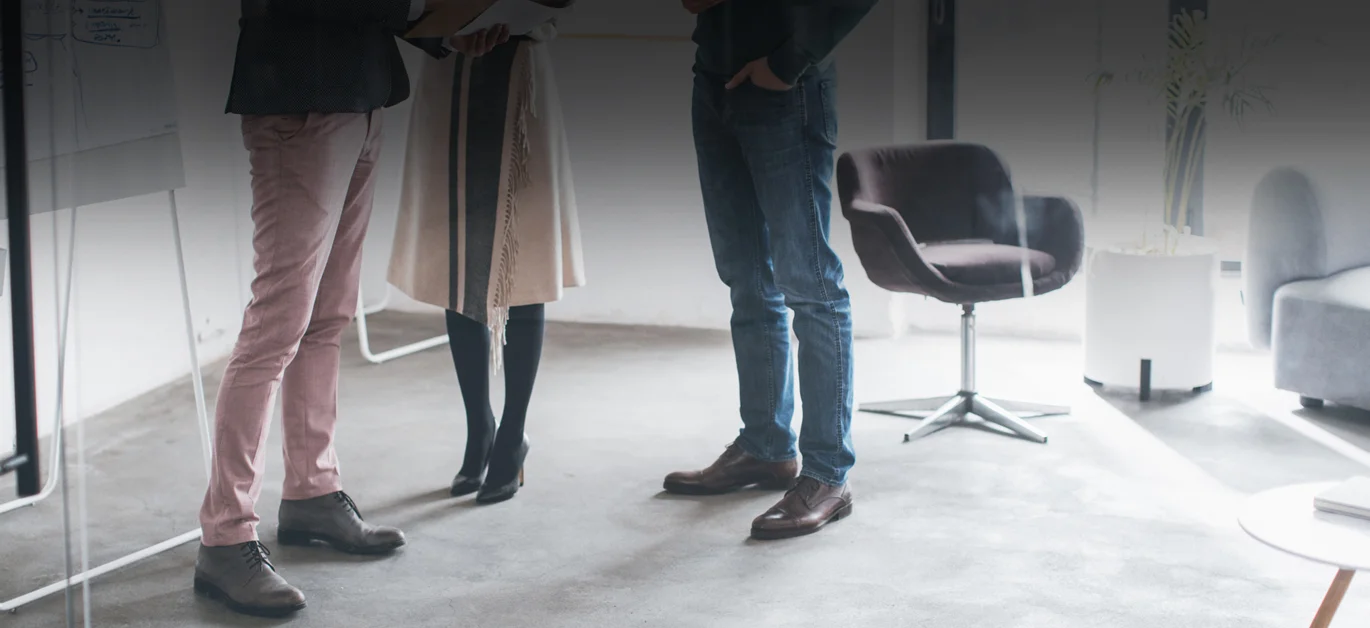As we move toward the year's end and December holidays, you’re likely busy with end of year wrap-up and experiencing holiday hustle from greetings, gatherings, and gift giving. 70% of our clients consider late November - early December the busiest time of year. In the tech sector right now many are experiencing the uncertainty of layoffs or a decreasing stock price. So if you’re feeling busy or stressed you’re in good company.
Here’s a gift you can give to yourself right now that takes mere minutes and is worth your time because the eye of the storm is when self awareness matters most. It’s a gift of perspective.
Though you’re busy…
Your to do list is full of what needs to be done.
Your state of being determines how you do it.
But what really matters is why you’re doing it all in the first place.
These 3 questions will help you pay closer attention to why and how you’re doing all that you’re doing right now.
What is one of your top values?
What’s one thing you can do to embody this value?
(Observe, ongoing) What changes as a result of your embodiment of that value?
Here’s an example:
Writing this piece in time for the holidays is what I’m doing.
1) I value grace/ease. It’s one why behind many choices I make.
2) I can embody grace and ease by softening my jaw, relaxing my forehead and releasing the tension in my shoulders. This is how I can approach what I’m doing.
3) I notice that as soon as I do this, I write the next sentence as if words were like water flowing through me. I’m still writing this piece. But my how just changed and now it’s just easier to do because my why is clear and ease is my focus, not the writing itself.
A colleague tried this, here’s what happened:
A senior global tech leader didn’t realize how stressed she was until she nearly backed into someone while holiday shopping at lunchtime. She was quieter than normal and admitted that she was anxious about her job with the next wave of expected layoffs. But she still paused and gave this a try and here’s what happened:
1) She values impact. Impact is her why.
2) Pausing to remember that value was big. She realized that it’s not about achieving or accomplishing – though she’s very good at both. She realized she could embody impact by being still (deliberately patient, waiting, watching) when she would normally spring into action. Stillness and slowness become her how, even though it’s uncomfortable for her. But it’s kind of like surfing - waiting and watching for the next big wave to come rather than pushing and paddling for no reason.
3) Observing herself as she paused, she describes a feeling of excitement: “I feel happy and my mind is now flooded with ideas, when before I felt blank.” As I observed her in conversation, her eyes lit up, her shoulders dropped. I felt energized in her presence. Of course she’ll find another opportunity. And being still - waiting, watching could be a key to how she’ll find it.
Your turn, values
Identifying values is something we frequently do in coaching. So you may already know your top 3. But if you haven’t uncovered your values (in the past 3 years), go here or here to identify them. Both tests are free and take about 10 minutes to complete. If you’d like an even faster option, go here and pick one value that speaks to you right now.
Then,
What’s one thing you value? Choose just one.
What are two ways you can embody this value? If you had to pantomime or act it out, how would your body express this value?*
What do you observe as a result? How does your BEing (in the body) shift your DOing?
*If you find yourself getting stuck here, you can reverse engineer the process by observing yourself doing the task. Let’s say it’s writing Christmas cards. While you’re doing that task, notice where you feel tension in your body. Maybe your wrist feels heavy. Imagine your value being infused into that heaviness. If your answer to question one is joy…imagine joy (if joy could act perhaps it’s lightness) in your wrist. Just for a moment. What happens next as you continue to write?
While there’s no escaping life and the stressors at any given time
We have a choice in how we meet those stressors. The process doesn’t have to be hard. It entails pausing to reflect and then taking one small but deliberate step at a time. One small step leads to one small shift which leads to even more shifts. Each step is something to build upon and celebrate. This is how you Access Alignment. This is what conscious leadership is all about.
If you like this concept but aren’t able to engage with it right now,
I invite you to bookmark this page for later…and when you’re ready to envision how you want to be in 2023, use this 3-step process to guide you.




